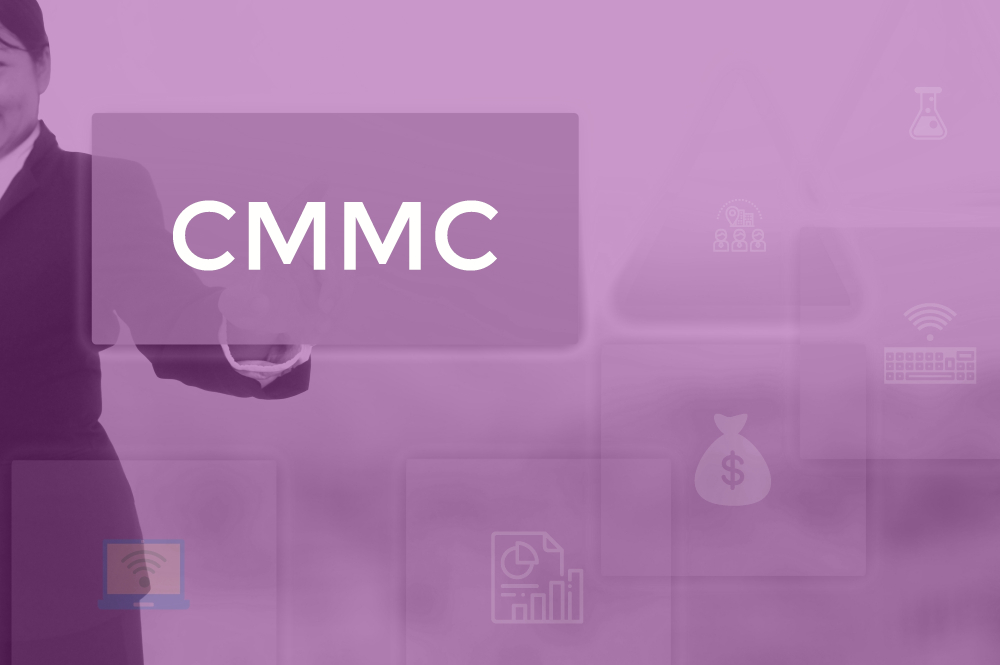What Is the Difference Between a CMMC Self-Assessment and a Government-Led Review?

Trying to figure out whether your cybersecurity practices hold up can feel like studying for a test without knowing if a pop quiz or full exam is coming. That’s exactly the kind of uncertainty many defense contractors feel when working through CMMC requirements. The difference between running a self-assessment and facing a government-led review isn’t just in the process—it’s in the pressure, the proof, and the consequences.
Depth of Scrutiny Varies Dramatically Between Internal Checks and Federal Audits
A self-assessment gives internal teams the space to examine their own systems, but let’s face it—teams are often checking their own work. While many take the process seriously, the depth of the review often depends on available time, knowledge of CMMC requirements, and organizational priorities. With limited resources, some details get glossed over, especially when there’s a belief that “we’ve always done it this way.”
Now contrast that with a government-led CMMC assessment. These external auditors dive deeper, ask harder questions, and follow a standard process that doesn’t give points for effort. They aren’t just verifying if policies exist—they’re checking how well those policies are implemented and enforced. CMMC level 2 requirements, especially, demand a higher level of documentation and technical enforcement. What might pass in an internal review could quickly fall apart under this kind of pressure.
Self-Assessments Offer Flexibility, Government Reviews Enforce Accountability
Internal CMMC self-assessments let organizations set their own pace. This is particularly helpful for smaller contractors working toward CMMC level 1 requirements, who may not yet be ready for the demands of higher levels. Teams can evaluate gaps, make plans to improve, and adjust timelines without external scrutiny. It’s a valuable tool for building confidence and momentum.
But flexibility has limits. When a government-led review steps in, that timeline is no longer adjustable. The reviewers come with a checklist, clear expectations, and little room for interpretation. They’re not interested in what you plan to do—they want to see what’s already done and fully operational. For CMMC level 2 requirements, this means proven processes, active monitoring, and repeatable controls. The shift from internal flexibility to enforced accountability is where many organizations realize just how different the two assessments are.
Internal Evaluations May Miss Compliance Nuances Auditors Notice Immediately
When organizations rely solely on internal teams, it’s easy to miss subtle gaps in implementation. A control might be documented in a policy, but not actually enforced in day-to-day operations. Self-assessments tend to focus on broad strokes: do we have a firewall? Do we encrypt data? These checks are valuable, but they don’t always catch the deeper, technical nuances hidden in the full scope of CMMC compliance requirements.
Government auditors are trained to spot inconsistencies quickly. They know where breakdowns happen—like mismatches between written policies and technical configurations. What looks compliant on paper often crumbles under a follow-up question. Especially when tackling CMMC level 2 requirements, auditors expect security controls to be baked into the infrastructure, not just written into a binder. These nuances, when missed internally, can mean the difference between approval and remediation.
Government Reviews Demand Precise Proof, Not Just Promises
It’s one thing to say your network is secure—it’s another to show it. Internal teams may feel confident that their practices meet CMMC requirements, but unless they’ve gathered the right evidence, that confidence may not hold during a federal assessment. Self-assessments often rely on good intentions and informal tracking, especially in smaller organizations or those early in the process.
A government-led CMMC assessment takes a far more formal approach. Auditors ask for logs, screenshots, historical data, access reports, and system configurations. Saying you do something isn’t enough. You need to prove you’ve done it consistently, and that your team can demonstrate how and when it’s done. This demand for tangible evidence raises the stakes significantly, especially if organizations haven’t prepared a solid audit trail during their internal review.
Confidence Levels Shift When Official CMMC Reviewers Validate Security Postures
When a team completes a self-assessment, there’s often a sense of, “we’re probably okay.” But without third-party validation, that confidence is built on assumptions. Teams may overestimate their maturity or misunderstand the depth of the controls required. This is particularly common with the jump from CMMC level 1 requirements to level 2, where the technical complexity increases noticeably.
Having an official CMMC reviewer validate your practices changes that confidence into certainty. It either confirms that the work is being done right or provides a clear roadmap for what needs fixing. That clarity is something internal assessments can’t always deliver. A successful audit brings more than compliance—it reinforces security practices across the organization and builds credibility with clients and regulators alike.
Internal Reviews Gauge Readiness, While Federal Audits Determine Compliance Reality
Self-assessments are a smart starting point. They help organizations measure their progress, identify gaps, and test their understanding of CMMC requirements. For many, it’s a dress rehearsal—a way to see how close they are to being audit-ready. These internal reviews are useful for training, planning, and building a culture of cybersecurity from within.
But a federal audit is the final performance. It’s not about practice—it’s about results. The assessment determines if an organization is officially compliant, especially for those aiming to meet CMMC level 2 requirements tied to sensitive government contracts. At this stage, there’s no room for generalities. Every control, policy, and security layer must be working, provable, and consistent. Internal checks may give you an idea of where you stand, but only a government-led review will tell you where you actually are.



